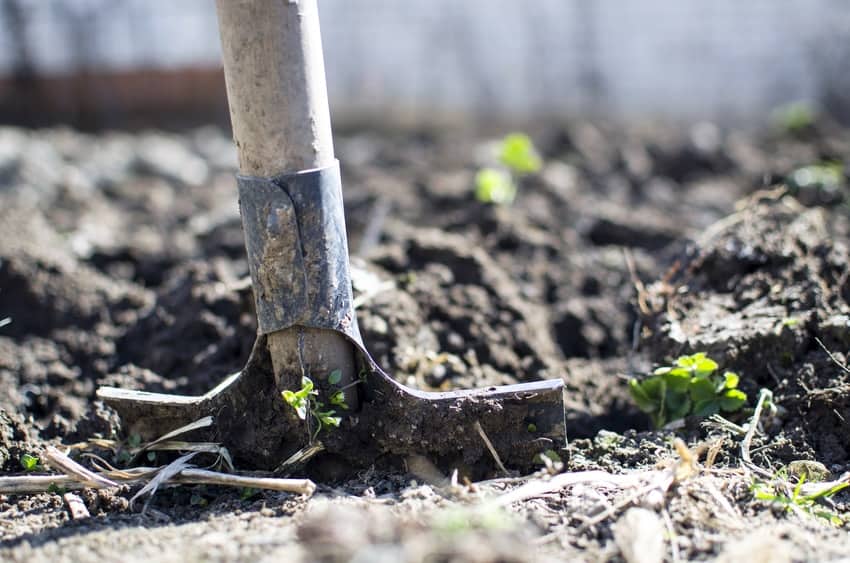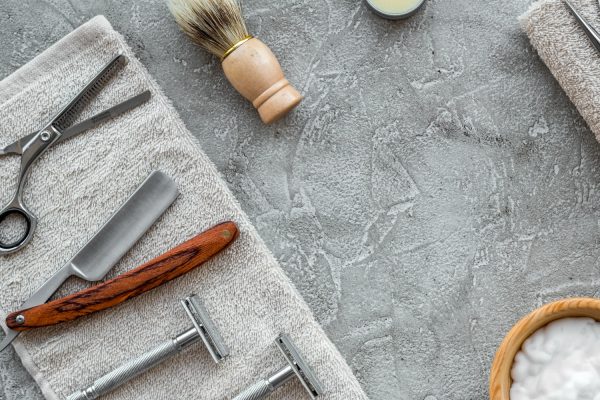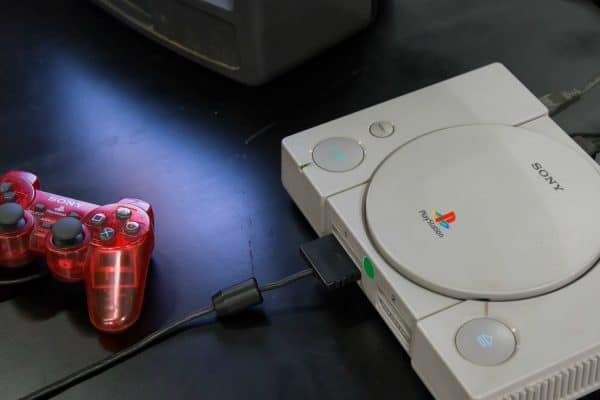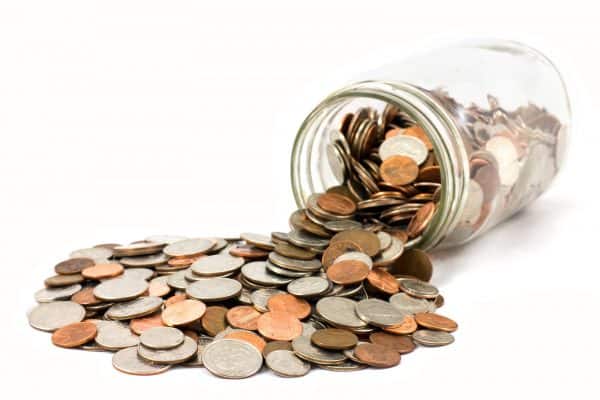If you’re a little green-fingered, you’ll know that not all soil is created equal. Soil comes in all sorts of varieties – sandy, peaty, even clay-y – and lot of the success you have with your gardening is down to the type of soil, and compost, you have.
One way you can improve your chances regardless of the type of soil you have is by mixing a little compost in to create a “rich soil”. You can pop to your local garden centre and buy pre-packaged bags of it, or you can make your own with a few things you’d otherwise throw away.
What is compost made of?

While soil is made up of all sorts from minerals to organic matter to gases, water, and other random stuff, compost is made of 100% organic material. If you’re making your own, then “green material” like fruit and vegetable scraps, egg shells and even coffee grounds are great for composting. You can even throw in what’s known as “brown” material – straw, dry leaves and newspaper are all good examples of this.
Greasy and fatty ingredients like meat and dairy products are a no-no, though, as are diseased plant materials, weeds that go to seed and pet waste.
Read more: 8 Cost cutting gardening hacks for the budget savvy
How to make your own compost
There are two different ways of making your own compost, and which one you go for depends on a few things. Cold composting is as simple as throwing your compost-able materials together in a pile or a bin and waiting for the magic to happen. It takes no effort and no skill, so it’s perfect for the low maintenance gardener looking to reduce their waste. You’ll be waiting a while, as this type of composting can take about a year, but if you’re happy to be patient then it’s a good choice. If you’re a little more pressed for time or are a serious gardener, then “hot” composting might be more up your alley. You’ll need a lot of material – enough to fill a bin about a metre deep – but done right, you can have usable compost in just a few months!
When it comes to hot composting, the secret’s in the name – you need heat. That’s why it’s best done during the summer months. For the best batch, create layers about 6 inches thick of “green” material alternated with “brown” material. Keep it damp enough that it has a consistency a bit like a wet sponge, but not so wet that it becomes waterlogged. If it gets too wet, then the pile will rot rather than compost – it’s a delicate balance! You can check whether it’s working either using a thermometer to check the temperature in the centre of the pile, or by sticking your hand in there. It should feel warm to the touch, or be around 40 degrees Celsius by a thermometer reading. Turning the pile over when it’s about this temperature will help it to “cook” faster as more oxygen will get in there.
Related: How to divide plants
How to grow plants in compost
Once you’ve got a good batch of compost and knowing how nutritious it is, you may be tempted to pop your plants straight into it. This probably isn’t a good idea, though, as a lot of compost is quite loose and so doesn’t hold water well. The best way to grow plants in compost is by combining it with the soil you have so that you get the best of both. Most soils hold water well, and compost adds nutrition – the magic formula!
Similar: How to grow your own fruit and vegetables from scraps
Have you ever tried to make your own compost? How did it go? Let us know in the comments!



















